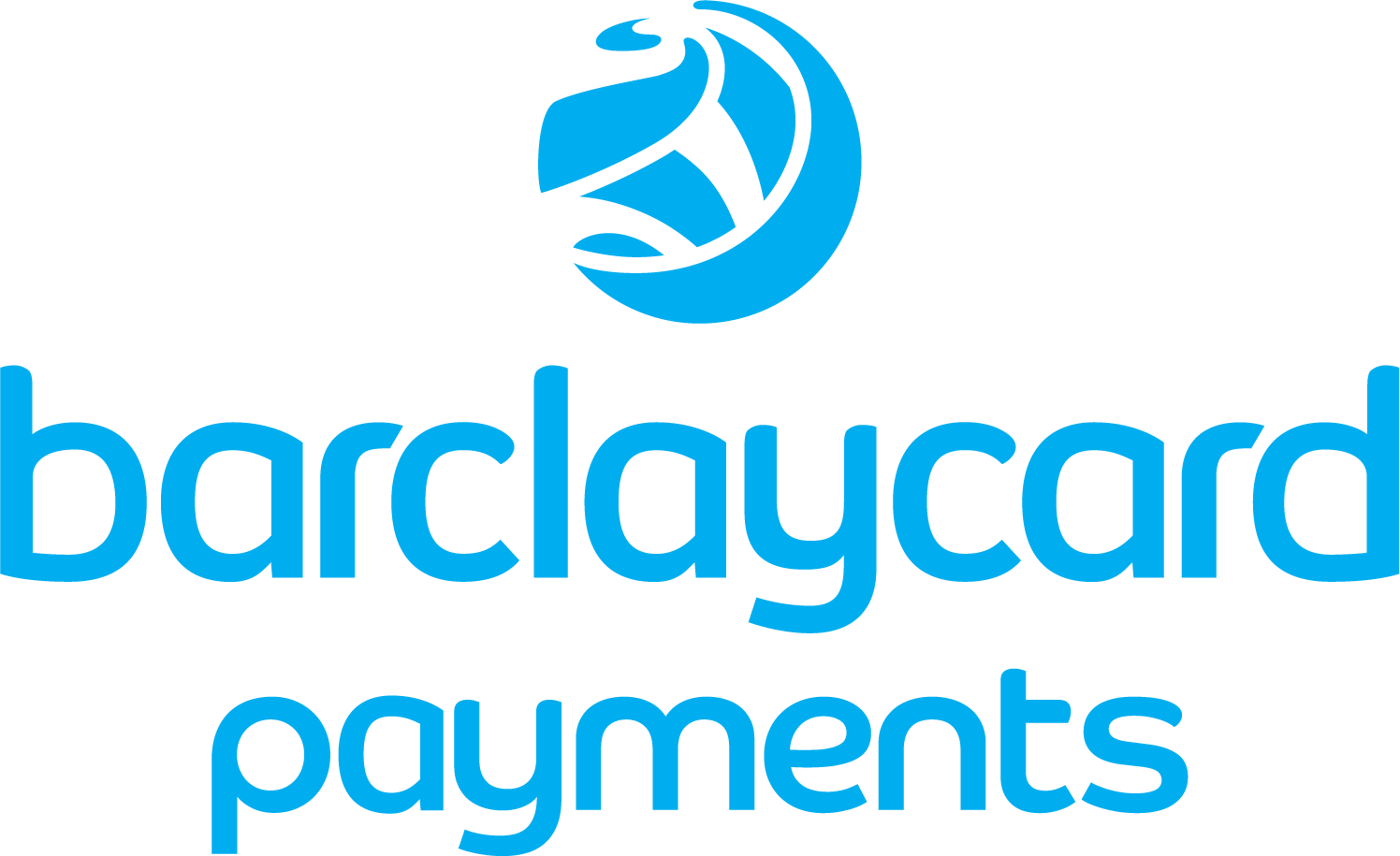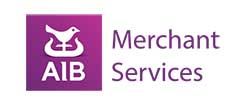- Accept card payments – lowest rates from 0.27%
- Keep your card processing fees to a minimum
- Direct access to the UK’s leading card processing banks
- We ensure your rates always remain competitive
No spam emails or calls
Choose from the payment methods then click Next
What's your turnover each month?
Enter the name of your company
Enter your company's postcode and contact number






The Future of Card Payment: Security and Convenience Explained
The way we pay for goods and services has undergone a dramatic transformation over the past few decades. From cash-dominated transactions to the rise of debit card and credit card payments, the financial landscape has evolved to prioritise both security and convenience. In the UK, debit cards and credit cards have become the cornerstone of modern commerce, enabling individuals and businesses to accept card payments seamlessly. As technology advances, the future of card payments promises even greater efficiency, safety, and accessibility. This essay explores the key trends shaping the future of card payments, focusing on how security and convenience are being enhanced to meet the needs of customers and businesses alike.
The Rise of Card Payments in the UK
In the UK, card payments have steadily replaced cash as the preferred method of payment. According to recent data, debit cards account for the majority of payments, with credit cards also playing a significant role. The shift towards card transactions has been driven by the convenience of paying online, the widespread adoption of contactless payments, and the increasing availability of payment terminals in small businesses.
For businesses, the ability to accept debit card and credit card payments is no longer a luxury but a necessity. Consumers expect to pay using their preferred method, whether that’s a debit or credit card, Apple Pay, or another digital wallet. This shift has forced businesses to invest in card machines, card readers, and payment processors to stay competitive. Moreover, the rise of online transactions has further accelerated the demand for secure and efficient card payments.
The COVID-19 pandemic also played a significant role in accelerating the adoption of card payments. With hygiene concerns prompting a decline in cash usage, many customers and businesses turned to contactless and payments online as safer alternatives. This shift has had a lasting impact, with card payments now accounting for the majority of transactions in the UK.
The Convenience of Modern Card Payments
One of the most significant advantages of card payments is their convenience. Gone are the days when customers had to carry large amounts of cash or worry about having sufficient funds in their bank account. With a debit or credit card, you can accept payments can be made quickly and easily, whether in-store, online, or via a mobile device.
Contactless payments have revolutionised the way we pay. By simply tapping a bank card or mobile device on a payment terminal, customers can complete a transaction in seconds. This technology, which is supported by Apple Pay, Google Pay, and other digital wallets, has become increasingly popular in the UK. In fact, the limit for contactless was raised to £100 in 2021, further encouraging their use. This increase reflects the growing trust in contactless as a secure and efficient method of paying.
For online payments, the process is equally straightforward. Customers enter their card details, including the card number and expiration date, to complete a purchase. Many payment providers also offer the option to save account information for future payments, making it even easier to pay online. This feature not only enhances convenience but also encourages repeat purchases, benefiting both customers and businesses.
The integration of card payments with loyalty programs is another example of how convenience is being enhanced. Many card issuers and payment providers now offer rewards for using their payment card, such as cashback, discounts, or points that can be redeemed for future purchases. This approach not only incentivises customers to use their debit or credit card but also fosters customer loyalty.
The Role of Security in Card Payments
While convenience is crucial, security remains a top priority for both customers and businesses. The rise of fraudulent transactions and data breaches has highlighted the need for robust security information measures in payment systems.
One of the most effective ways to protect debit card or credit card details is through encryption. When a customer makes a payment, their transaction information is encrypted to prevent unauthorised access. This ensures that sensitive data, such as the card number and account information, remains secure. Advanced encryption standards, such as SSL (Secure Sockets Layer) and TLS (Transport Layer Security), are now widely used to safeguard online payments.
Another key security feature is two-factor authentication (2FA). Many card issuers now require customers to verify their identity using a phone or mobile device before completing a transaction. This adds an extra layer of protection, reducing the risk of fraudulent transactions. For example, when making a payment, a customer might receive a one-time passcode (OTP) on their phone, which they must enter to confirm the transaction.
Tokenisation is another innovative security measure that is gaining traction. When a customer uses Apple Pay or another digital wallet, their credit or debit card details are replaced with a unique token for each transaction. This means that even if a hacker intercepts the transaction information, they cannot access the customer’s account or card number. Tokenisation is particularly effective for contactless payments, where speed and security are equally important.
For businesses, staying secure means choosing a reliable payment processor and ensuring that their payment terminal or card machine complies with the latest security standards. The Payment Card Industry Data Security Standard (PCI DSS) is a set of requirements designed to ensure that all card payment systems handle card details securely. Compliance with these standards not only protects the customer’s account but also helps build customer loyalty by demonstrating a commitment to staying secure.
The Impact of Digital Wallets
Digital wallets like Apple Pay and Google Pay are playing an increasingly important role in the future of credit or debit card payments. These platforms allow customers to store their debit or credit card information on a mobile device, eliminating the need to carry a physical bank card.
One of the main advantages of digital wallets is their enhanced security. When a customer uses Apple Pay, for example, their card details are not shared with the merchant. Instead, a unique token is generated for each transaction, making it virtually impossible for hackers to access the account information. This level of security is particularly important for online payments, where the risk of data breaches is higher.
Digital wallets also offer unparalleled convenience. Customers can pay with just a tap or a glance, thanks to biometric authentication features like fingerprint scanning and facial recognition. This makes the process of making payments faster and more intuitive. For businesses, the adoption of digital wallets can lead to shorter queues and higher customer satisfaction, as transactions are completed in seconds.
The integration of digital wallets with other financial services is another trend to watch. For example, some digital wallets now allow users to manage their bank account, track purchases, and even apply for credit directly from their mobile device. This convergence of services is transforming the digital wallet into a comprehensive financial tool, further enhancing its appeal to customers.
The Evolution of Card Payment Systems
As technology continues to advance, card payment systems for debit cards or credit cards are becoming more sophisticated. One notable trend is the integration of card payments with other financial services. For example, some card issuers now offer real-time transaction notifications, allowing customers to monitor their bank account activity and ensure they have enough funds for upcoming purchases.
Another development is the use of artificial intelligence (AI) to detect and prevent fraudulent transactions. By analysing transaction information and identifying unusual patterns, AI can help issuers and payment providers flag potentially suspicious activity before it results in a loss of money. For instance, if a credit card is used for multiple high-value purchases in a short period, the system might temporarily block the card and notify the customer to verify the transactions before allowing you to accept payment.
For small businesses, the future of card payments lies in affordability and accessibility. Many providers now offer card machines and payment terminals with low transaction fees, making it easier for businesses to accept card payments without incurring significant costs. Additionally, some payment processors offer flexible repayment options, allowing businesses to spread fees over a later date.
The rise of open banking is another trend that is reshaping the card payment landscape. Open banking allows customers to share their account information with third-party providers, enabling new and innovative payment solutions. For example, some fintech companies are developing apps that allow customers to pay directly from their bank account without needing a debit or credit card. This approach not only reduces fees but also provides customers with greater control over their money.
The Role of Customer Expectations
In the competitive world of payments, meeting customer expectations is essential. Today’s consumers demand a seamless and secure payment experience, whether they’re shopping in-store or paying online if they have sufficient funds. Businesses that fail to deliver risk losing customer loyalty and falling behind their competitors.
One way to meet these expectations is by offering multiple payment options and not just accepting card payments. While debit cards and credit cards remain popular, many customers also want the ability to pay using Apple Pay, Google Pay, or other digital wallets. By providing a range of choices, businesses can cater to the preferences of all their customers.
Another important factor is transparency. Customers want to know exactly how much they’re being charged, including any transaction fees or minimum payment requirements. Clear communication about fees and funds helps build trust and ensures a positive payment experience.
The rise of personalised payment experiences is another trend that is shaping the future of card payments. For example, some card issuers now offer tailored rewards programs based on a customer’s spending habits. This level of personalisation not only enhances the payment experience but also fosters customer loyalty.
The Future of Card Payments: What’s Next?
Looking ahead, the future of card payments is likely to be shaped by several key trends. One of these is the continued growth of contactless payments. As more consumers embrace the convenience of tapping to pay using their debit cards or credit cards, businesses will need to invest in payment terminals that support this technology.
Another trend is the increasing use of mobile devices for payments. With the rise of Apple Pay and other digital wallets, the phone is becoming a powerful tool for managing money and making purchases. This shift is expected to accelerate as more providers develop innovative payment solutions for mobile devices.
Finally, the future of card payments will be characterised by a focus on staying secure. As cyber threats become more sophisticated, card issuers and payment providers will need to invest in advanced security measures to protect customer’s account information and prevent fraudulent transactions when accepting card payments.
Going Forward
The future of card payments is bright, with security and convenience at the forefront of innovation. From contactless payments to digital wallets like Apple Pay, the way we pay is becoming faster, easier, and more secure. For businesses, the ability to accept card payments is essential for staying competitive and meeting customer expectations.
As technology continues to evolve, card payment systems will become even more integrated, secure, and user-friendly. Whether you’re a customer looking for a seamless payment experience or a business seeking to process payments efficiently, the future of card payments promises to deliver on all fronts. By embracing these trends and prioritising security and convenience, we can ensure that card payments remain a cornerstone of modern commerce for years to come.